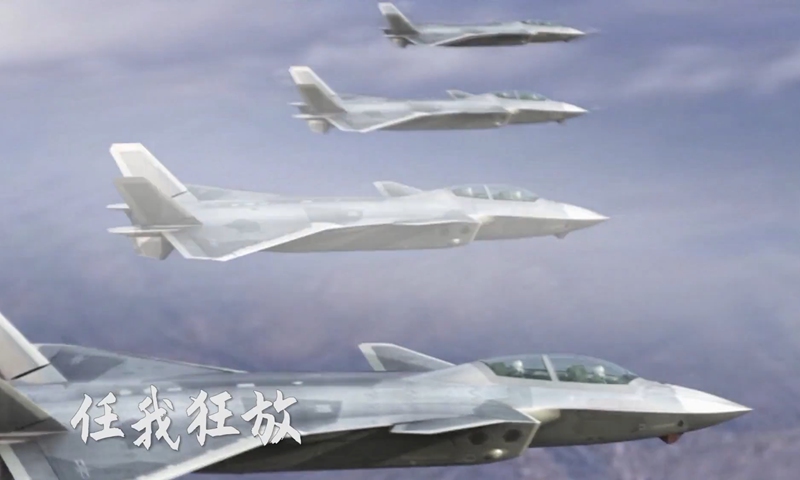Cool off gents...
It's safe to say all that needs to be said on the topic has been posted already. Let's agree to disagree.
Time will tell who was right sooner or later.
Lets move on.

my sincere admiration for your peace and loving attitude, you have shown me a good Spirit and a humble attitude, something which is needed is Forums, get our humanity which is common in all human beings.
I will recap what i said, I said using science, basic chemestry, the size of the bulkheads, you can see why all stealth aircraft are heavier than their 4th generation aircraft.
Example F-16 is lighter than F-35, by being bigger F-35 needs a more powerful engine.
Same F-22, the weapons bays, create bigger bulkheads so F-15 is lighter than F-22 by the staggering 7000 kg difference in empty weight.
In the case of Su-57 and Su-27, the inlet ducts are not so different and the pancake area which is the cambered fuselage rear extension that is between the engines is deeper and thicker in Su-57 than in Su-27 allowing for the creation of internal weapons bays.
This allowed for a 3500 empty weight difference between Su-57 and Su-27, this solution is highly critized by saying Su-57 is not stealthy, however it uses a inlet duct radar blocker, the main objective was weight reduction.
J-20 is not different since aluminium and titanium alongside Carbon are the lightest materials used in Aeronautics, Aluminium has an atomic number of 13 and Carbon is 6th lithium is 3, obviously are the lightest elements which have metalic properties or can be used in the whole nature.
Besides Carbon and aluminium are highly abundant which means they are cheap to get.
5th generation aircraft continue using them, however carbon polymers composites use more carbon fibers example B-787 or Su-57, then there is a weight reduction and 3D manufacturing methods allow for less material wasted, but the end result is heavier weight because the bulkheads are bigger and these aircraft use internal weapons bays and more internal fuel tanks, so F-35 is an aircraft that weighs as an F-15.
Yes the lightest 5th generation fighter in the 1970s would had been considered a heavy fighter, the f135 is equal to 2 RD-33 engines in thrust!
So what you can say about J-20 since China can not use lighter metals Aluminium or Lithium or Carbon fibers are the lightest element possibly used, then J-20 follows the same trend.
J-20 has huge bulkheads a 17000 kg empty weight as suggested in many Chinese defence forums is basically out of reality.
19000 kg range is to be honest the lightest weight possible since Su-57 is in that range but Su-57 is relatively speaking thinner than J-20.
Fuselage blending is more evident in Su-57 and F-22 for several reasons.
J-20 has fuselage camber and wing fuselage blending, but so Su-57 and F-22.
F-22 has a canopy position that allows for a wing set closer to a midwing and the 2D nozzles, tail booms and tailplanes make for better fuselage wing blending.
The vertical distance between the canopy and intake lips is higher in F-22 allowing for better fuselage wing blending
Su-57 is even more drastic, since it repeats F-14 and Su-57 wing fuselage blending with a cambered centered flat fuselage between both engines and a flatter cambered nose forebody canopy.
regardles what people say in forums science tells you there are compromises done in J-20.
The canards were located on a high wing position but so it was the delta wing that is in a high wing position with tiny tail booms, since it has huge intake bumps a bigger and higher perched canopy was not a good solution, so the intakes has canards and wings on top of the fuselage but this forced dihedral in the canards and anhedral in the wings to improve vortex formation.
The need for ventral fins that create diffration patterns and increase the number of radar reflecting surfaces damaged its stealth treatment, same was the canard dihedral which by being control surfaces increase deflection thus increasing radar bonces back to the radar emmiter.
Generally speaking J-20 has an F-22 frontal treatment but its canards and ventral fins show inferior stealth treatment, this was done to increase pitch movement since canards exhibit higher pitch up tendency increasing instattaneous turn rates.
So agility technically is higher in J-20 than in F-22, but F-22 uses Thrust vectoring control, increasing agility in F-22.
Science will allow you to understand J-20, the ventral fins allow for better lateral stability in yaw and roll relatively than F-22 huge vertical tails.
However that affect stealth.
Su-57 uses thrust vectoring instead of ventral vertical fins reducing the size of the aerodynamic control surfaces.
So in general terms the longer intake ducts of J-20 make for a larger fuselage than F-22 more curved S ducts, but allow for a better finess ratio, making it a better aircraft technically for supersonic flight.
, unless you're now claiming they own every amateur and pro photographer in the Chengdu region, including Jackson Bobo




